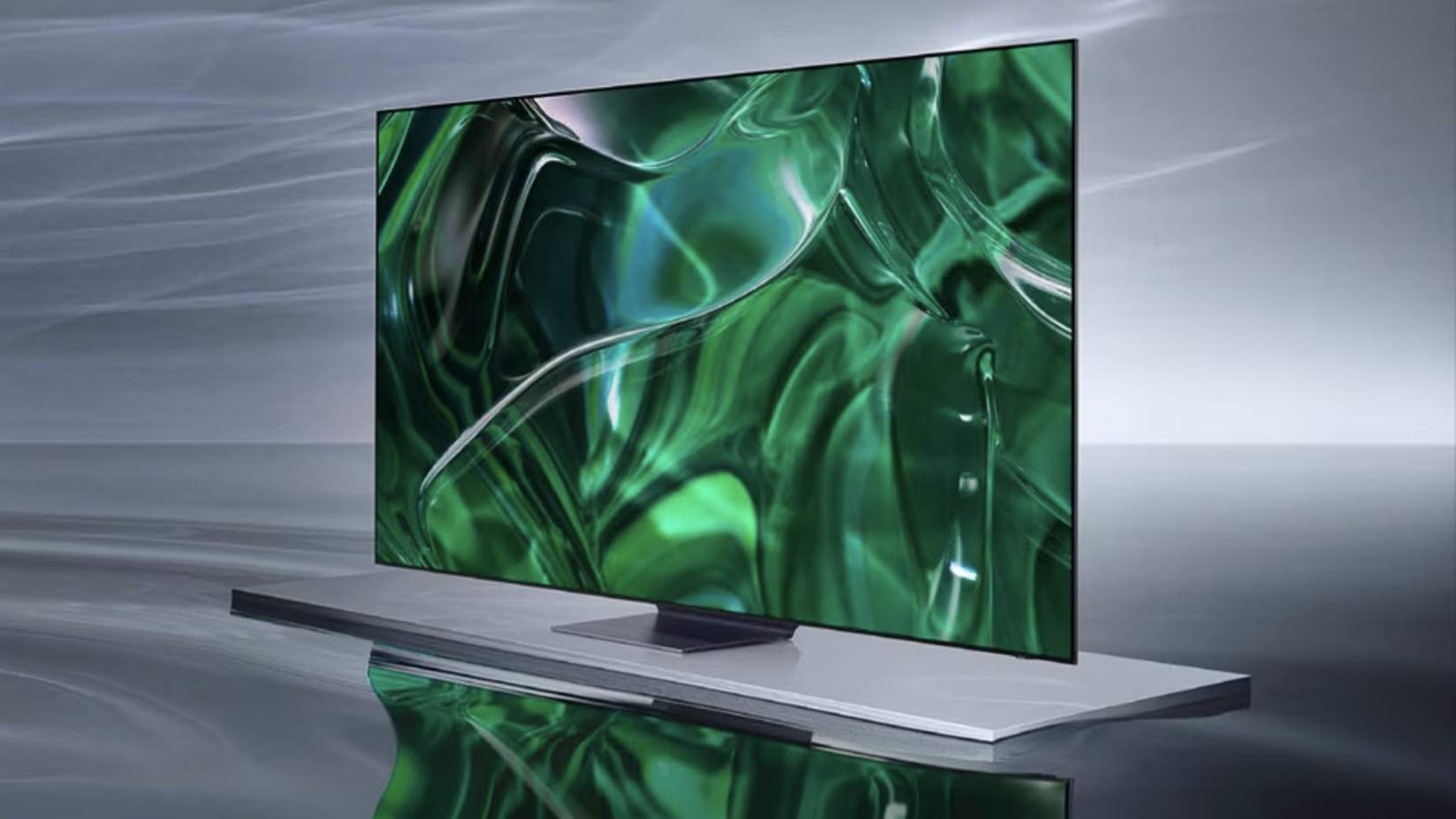
This Saturday will see the kick off of the National Association for Broadcasters (NAB) show, a gathering of TV and radio broadcasting professionals that takes place annually in Las Vegas, Nevada.
One hot topic of the show this year will undoubtedly be the progress of ATSC 3.0 digital TV broadcasting, a new next-gen standard that’s supported by the best 4K TVs in the US from brands like LG, Sony, Samsung, and Hisense.
The advantages that ATSC 3.0 brings over the current ATSC 1.0 digital TV standard include 4K resolution video with high dynamic range and immersive audio formats like Dolby Atmos.
Around 60% of households in the US are reached by at least one ATSC 3.0 broadcast TV station, which are now situated in more than 70 markets. Aside from a compatible TV with an ATSC 3.0 tuner, all you need to view programs broadcast in the new standard is a cheap indoor TV antenna.
But the broadcast industry may have a use for ATSC 3.0 other than TV, and that use is radio.
Who still uses a radio tuner? There’s one in my car, yes, but like many other people, I long ago switched to streaming internet radio stations via the best wireless speakers. A Sonos Move sits in my kitchen in the exact spot that my radio used to occupy, and when I get tired of listening to the news, I can easily switch over to podcasts or the best music streaming services in the excellent Sonos control app.
But not all people may want to stream radio using wireless speakers. Instead, they may like old-fashioned radio, even mono, thin-sounding AM stations with their innumerable talk shows.
Radio on the TV
In a recent Radioworld interview with Mark Aitken of Sinclair Broadcast Group subsidiary ONE Media Systems, the company president detailed a radio-over-ATSC 3.0 delivery proof-of-concept that it plans to present at the upcoming NAB show.
The presentation is linked to a new project proposal that will be filed following NAB 2023 by Fraunhofer, the company behind the original MP3 audio compression standard that ultimately led to the development of the best MP3 players and paved the way for music and internet radio streaming as well.
According to Aitken, Fraunhofer is seeking to have its highly efficient xHE-AAC audio codec, which allows for high-quality voice transmission at a mere seven kilobits per second and stereo music at bit rates from 24 kilobits per second and up, “brought into the ATSC for standardization.” Doing so would let ATSC 3.0 broadcast TV stations deliver a package of local and national radio services using just a small fraction of their spectrum bandwidth.
Around 50 services was the number suggested in the interview, but since digital broadcast stations have the freedom to slice up their bandwidth however they want for multicasting, the number could potentially be even higher, letting a single TV channel deliver all radio stations in a given market, along with a selection of other broadcast radio offerings.
Because ATSC 3.0 is an IP-based transmission system, the TV doesn’t have to be the only outlet for tuning in radio content carried on TV channels. With the main TV connected to the home network, other networked devices throughout the home could access the programming, everything from laptop computers to smart speakers, small secondary TVs, and tablets.

ATSC 3.0 on the road
Along with listening at home, there are plans to introduce ATSC 3.0 tuners in cars – a subject that will undoubtedly be discussed at this weekend’s NAB show. Of course, an automotive ATSC 3.0 receiver would also be able to tune in TV stations for display on dashboard monitors, something that poses definite safety hazards. GPS is another possibility, but the main use would presumably be for audio-based content.
Radio through the TV spectrum, and eventually in cars, courtesy of ATSC 3.0 may be close to reality, but TV makers have been slow to support the new standard, reserving built-in tuners for higher-end models, in the case of LG and Samsung, or ignoring it altogether, in the case of TCL. Perhaps the new developments coming out of NAB 2023 will help to accelerate ATSC 3.0 progress going into 2024, but in the meantime we’ll be looking out for NAB news regarding cheap tuner upgrades for existing non-ATSC 3.0 TVs.







